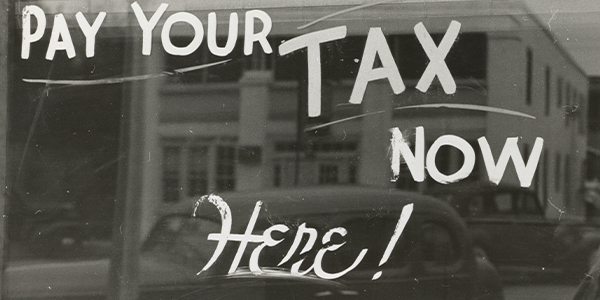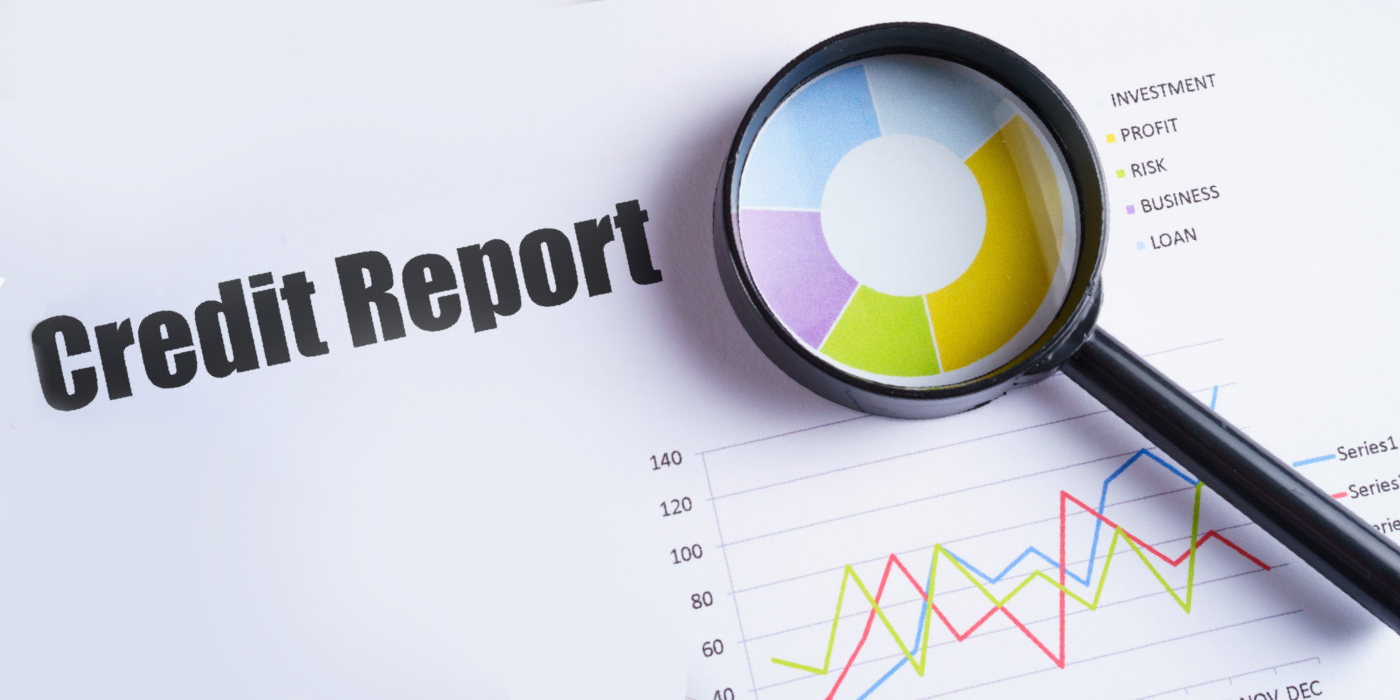by Scott Tanker
Benchmark Payment Networks
 The statement you receive from your credit card processing company every month or quarter contains a lot of complex information. There are words and numbers everywhere that may or may not mean what you think. Understanding your statement, what you are being charged and why is critical to being an informed shop owner and may even save you a lot of money.
The statement you receive from your credit card processing company every month or quarter contains a lot of complex information. There are words and numbers everywhere that may or may not mean what you think. Understanding your statement, what you are being charged and why is critical to being an informed shop owner and may even save you a lot of money.
The place to start is with the common terms that your credit card processor throws around and that show up on your statement. This can help you have an informed conversation about your credit and debit card processing and possibly negotiate a better deal.
Term #1 – Interchange Fees
Interchange fees are the heart of what you pay to have a credit card transaction processed. In a credit card transaction, there are typically two banks involved. The first is the Issuing Bank. That is the organization that issues the credit card to your customer. The second is the Acquiring Bank or Merchant Bank. That is the bank on the side of the transaction. If you take credit cards, you have a merchant account with an acquiring bank. When your customer swipes a credit card, the acquiring bank pays your customer’s issuing bank a percentage of the sale amount. The total of the amount paid to the issuing bank is set by the credit card company’s (VISA or MasterCard) Interchange Reimbursement Fee Schedule. These are public numbers and can be found online. The rates may also change, which could happen in April and October.
Interchange fees are not cut and dry. There are many different rates depending on the transaction type. For simplicity sake, transactions where there is a signature will be less expensive than a transaction inputted into a terminal because the card may not actually be there, creating a possibility of fraud. There are also different rate categories for large purchases.
Term #2 – Discount Rate
While interchange fees form the basis of what you as a shop owner pay, it is not the whole picture. Where you will actually find charges on your statement is under “Discount Rate” or “Merchant Discount.” Do not be fooled – you are not receiving a discount. This is actually the fee you are being charged by your payment processing company. The discount rate is one of the costs of processing each transaction. It is based on the interchange fee set up by VISA or MasterCard, plus a fee for the processing company.
The next time you receive a statement, look closely at the discount rate. It may be one lump sum, or a few line items. It may list all the transactions you had. Ask your payment processing company to explain it in detail to you. That is where they are making their money, so they might as well earn it.
If there is room for negotiation, take advantage of it. At the very least, this section of your statement should show the number of transactions made during the month, the dollar volume of the transactions, the breakdown of card types (VISA, MasterCard, American Express, etc.), general discount charges and, possibly, more fees or charges depending on your provider and the program you have purchased.
Term #3 – Processing Fees
In many cases, there are fees on your statement above and beyond the interchange fees and discount rate. These could include (but are not limited to) a Batch Header Fee, a Statement Fee, WATTS fees, AVS fees or Help Desk Fees. These are generally flat fees charged by the company you are paying to process your transactions, unrelated to the volume of credit card charges you have. The good news is, this is an area prime for negotiation, which could dramatically lower your monthly charges. Ask your payment processor to walk you through each of these fees to make sure they are legitimate and necessary.
Knowing a little bit about your credit card transactions, the important terms and the fees you are charged can save you a lot of money in the long-term. Make sure you are aware of what is happening inside your shop with your credit card transactions and you can influence what is happening outside with fees and charges.
This article included some common terms you will find on your monthly credit card statements. There are other important terms and issues you will come across such as Compliance Fees concerning security of data, as well as other fees called Downgrade Fees, which both play an important role in the understanding of credit card processes and fees.
Scott Tanker is a business development professional with Benchmark Payment Networks. He works with retailers across the country to save them money on their payment processing and make it a competitive advantage. Mr. Tanker can be reached at 609-922-0201 or [email protected].













